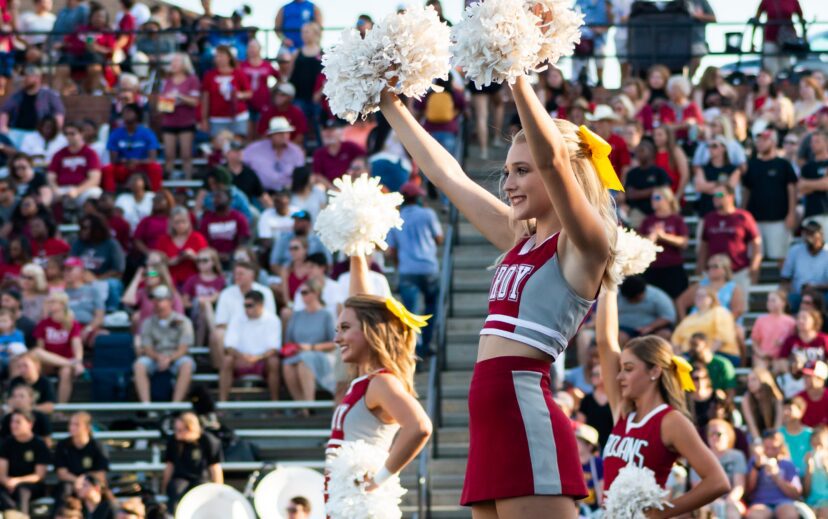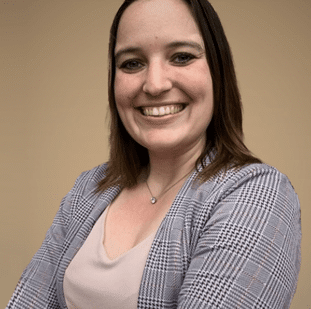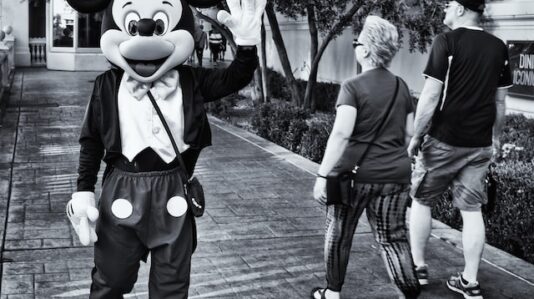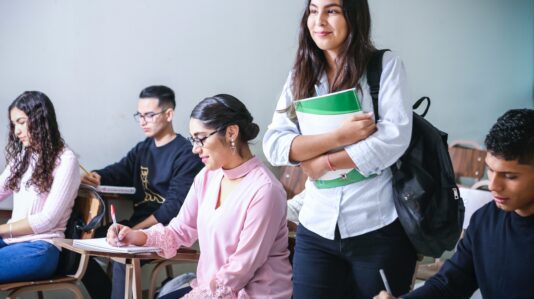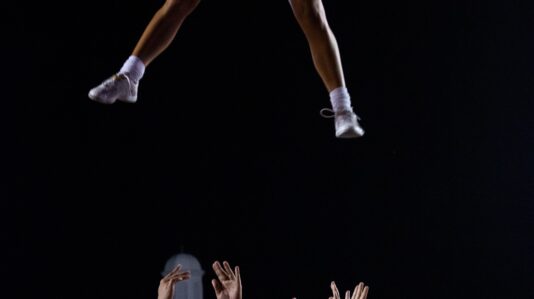“America’s public schools are the nurseries of democracy. Our representative democracy only works if we protect the ‘marketplace of ideas.’ ”
– Justice Stephen Breyer, writing for the majority of the Supreme Court of the United States
The landscape of a public-school student’s daily life has evolved significantly since the landmark 1969 U.S. Supreme Court decision in Tinker v. Des Moines Independent Community School District. In that case, the Court affirmed that public schools have a vested interest in regulating student speech on campus when it causes substantial disruption. Fast forward to today, and the question on everyone’s minds, including schools, parents and students, is the extent to which a school can regulate a student’s off-campus speech. This very question took center stage in a 2021 Supreme Court case.
Brandi Levy was a Pennsylvania high school student, whose suspension from her cheerleading team triggered a legal showdown. Ms. Levy was suspended after she posted a colorful Snapchat message to approximately 250 of her private Snapchat friends while off school grounds. For those unfamiliar, Snapchat is a social media app that allows users to share photos and videos that disappear after twenty-four hours. In her Snapchat post, the fourteen-year-old raised her middle finger and captioned the Snapchat with the text “f*** school f***softball f***cheer f*** everything.” Importantly, this message was shared during the weekend, while she was off school premises at a convenience store. Another student captured a screenshot of the message and showed it to her mother, who happened to be a cheerleading coach. The school subsequently suspended Ms. Levy for violating team and school rules.
Ms. Levy filed a lawsuit against the school and emerged victorious at the trial and appellate levels. The school, however, took the case to the U.S. Supreme Court.
The U.S. Supreme Court Rules In Favor of Student Speech
In an 8-1 decision, the Supreme Court ruled in favor of student speech, affirming that Ms. Levy’s First Amendment rights were violated. The Court reasoned that the school’s interests in teaching good manners, preventing disruption and maintaining team morale did not outweigh Ms. Levy’s right to free expression. They highlighted three key distinctions when it came to off-campus speech:
- Greater parental oversight for off-campus speech.
- The significant burden of regulating both on-campus and off-campus speech on schools and students.
- The school’s duty to protect unpopular opinions of their students, particularly when the speech occurs off-campus.
However, Justice Breyer, who delivered the majority opinion, acknowledged scenarios where schools might have an interest in regulating off-campus student speech. The Court outlined several factors for lower courts to consider when assessing the rights of school administrators to regulate off-campus speech. For instance, a school’s interest might be legitimate if a student engaged in off-campus speech that amounted to bullying or harassment, posed threats, incited rule-breaking or compromised school security. This nuanced approach emphasized that the decision in Ms. Levy’s case wasn’t meant to establish a broad rule but rather served as an example of when a school’s interests do not outweigh students’ free speech rights.
Justice Alito, joined by Justice Gorsuch, concurred in judgment, stressing that the extent to which a school can regulate off-campus speech depends on the nature and circumstances of the speech. He argued that schools have a weaker interest in regulating off-campus speech that doesn’t target the school or its stakeholders and addresses matters of public concern.
Justice Thomas, the sole dissenter, cited a historical precedent dating back 150 years to support the school’s suspension of Ms. Levy. He argued that the majority’s decision departed from established norms where schools were permitted to discipline students for similar speech. In his view, a school’s interest in regulating speech is legitimate when it’s foreseeable that the speech will reach the school.
Implications Of This First Amendment Decision
This Supreme Court decision clarified the boundaries of a public school’s authority to discipline students for off-campus speech. Nevertheless, the Court recognized that there could be situations where school administrators would be justified in taking action, particularly when speech is harassing, bullying, cheating or otherwise disruptive.
This ruling is significant because it is the first Supreme Court case directly addressing off-campus speech that isn’t school-sanctioned since the landmark 2007 decision involving a student displaying a “Bong Hits 4 Jesus” banner at a school-sanctioned event.
While the decision provides some guidance on the extent of First Amendment protection for off-campus speech, it doesn’t offer a comprehensive rule or definition for what constitutes off-campus speech. Instead, it identifies factors that schools and courts should consider when evaluating student speech outside of school grounds. With the prevalence of social media and technology in students’ lives, off-campus speech can easily be accessed on school grounds, blurring the line between on-campus and off-campus speech. The rise of remote learning during the COVID-19 pandemic further complicates this distinction.
Overall, the Supreme Court did not provide a definitive answer or a bright-line rule. The question of when schools can and cannot regulate off-campus speech remains open. As social media and technology continue to play a significant role in students’ lives, we can expect more cases to emerge that provide clearer answers to these pressing questions. For now, schools, students, and parents/guardians should stay informed about developments in student speech protections under the First Amendment and contact us to learn more.
For those interested in reading the full decision, titled Mahanoy Area School District v. B.L., you can find it here.
Contributions to this blog by Brigid Bianco.

